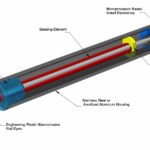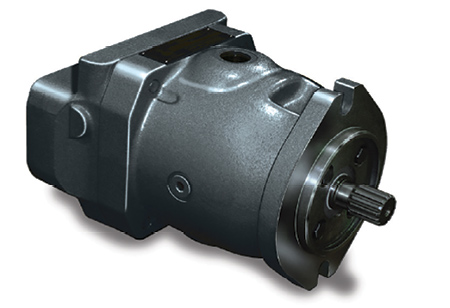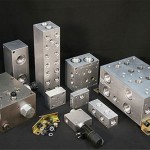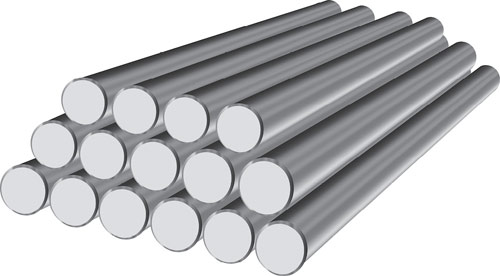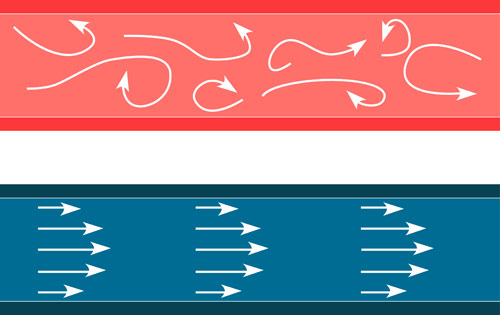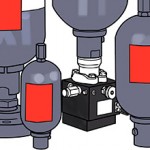Cylinder stop tubes are simply metal collars or tubes that are placed around a hydraulic or pneumatic cylinder’s rod between the piston and head. They are designed for use only when a cylinder will have extra long strokes. Used primarily in horizontal applications, they help to prevent side loading and other column strength issues such […]
Engineering Basics
Where are pressure transducers used?
Pressure transducers are used in any fluid power application requiring a high-resolution and accurate electronic measurement of pressure. A transducer is a device which changes one form of energy into an electronic signal. A pressure transducer reads the movement on its load cell as created by the pressure of the air or hydraulic fluid, and […]
What is an LVIT and where are they used?
LVITs, Linear Variable Inductive Transducers, which have been around for more than 30 years, are relatively low cost, contactless position sensing devices that utilize eddy currents developed by an inductor in the surface of a conductive movable element that is mechanically coupled to the moving object whose position is being measured. The common form of […]
Where are hydraulic motors used?
Hydraulic motors are used in any application requiring rotational force, also known as torque. A hydraulic motor converts hydrostatic energy into mechanical energy by pushing vanes, gears or pistons attached to a crankshaft. The power capacity of a hydraulic motor is dictated by its displacement, and the speed in which is rotates. Hydraulic motors are […]
Where are manifolds used?
Manifolds are used in my many fluid power applications, depending upon the application. Manifolds are used in hydraulics as well as pneumatics, and can be used to mount valves or to consolidate plumbing. When used for mounting valves, they are the interface between the valves and the ports to be plumbed into. With industrial style […]
One of Canada’s preeminent trainers to head technical sessions at FPTC
Carl Dyke, founder of CD Industrial Group, will lead four of the key technical sessions at the inaugural Fluid Power Technology Conference, presented by Fluid Power World. The event is slated for June 21 and 22 at the Milwaukee School of Engineering’s Kern Center. Dyke, who also is a contributing editor for Fluid Power World, […]
Mobile hydraulics troubleshooting Part 1: Taking a methodical approach
Part 1: Taking a methodical approach is the best way to get off-highway equipment working again, quickly and safely.
Where is hydraulic bar stock used?
Bar stock is used in various applications of fluid power, either as a mounting for other valve systems or simply for consolidation of plumbing. The bar stock itself is typically an alloy of either aluminum or ductile iron, and is manufactured in billets suitable for machining finished product. The most popular use is the bar […]
What is laminar flow?
A fluid is unique in its capacity to be, well … fluid. A solid is solid because its molecules enjoy staying put. A granite molecule joins hands with its molecular friends, where they have to stare at each other for millions, if not billions of years. Fluid molecules—remember that gases and liquids are both fluids—are […]
Accumulator fundamentals … without the math
I’m going to attempt the impossible: I am going to explain the fundamentals of hydro-pneumatic accumulators without using any mathematics. I will use some numbers where needed, but the unfortunate reality is that the proper application of accumulators does require the manipulation of equations. Accumulators are a versatile and valuable tool, but because of the […]



